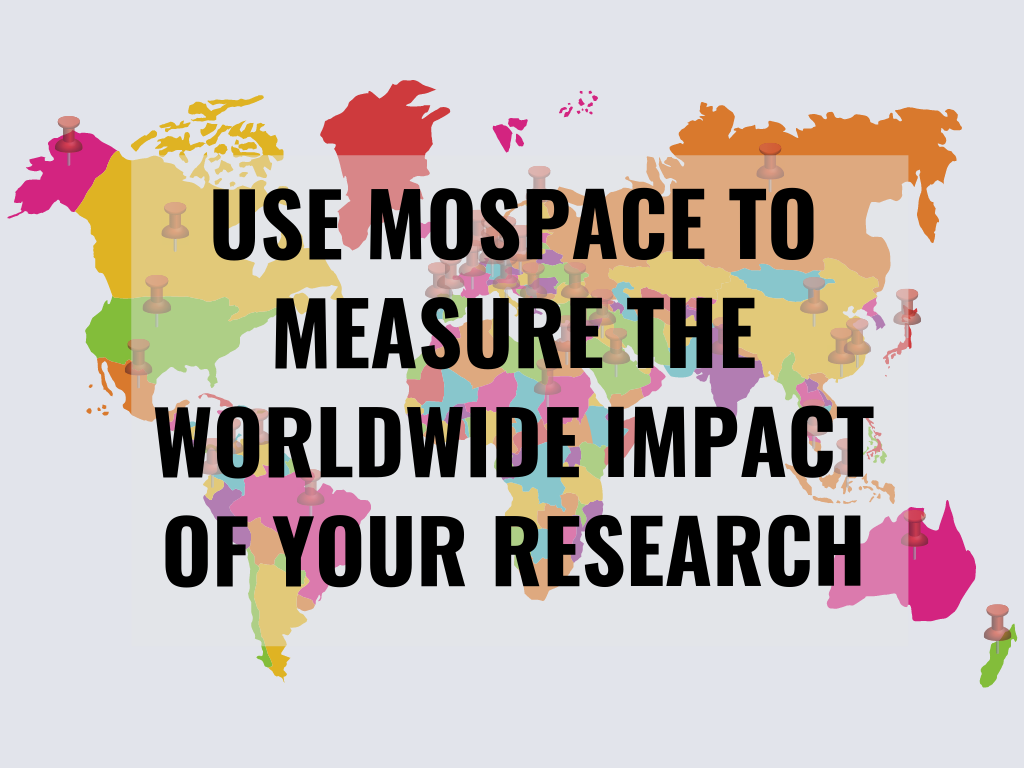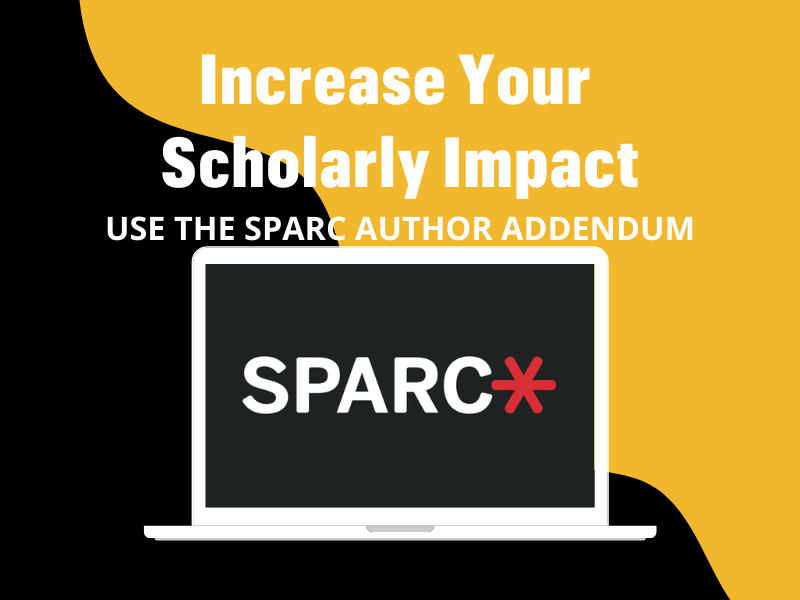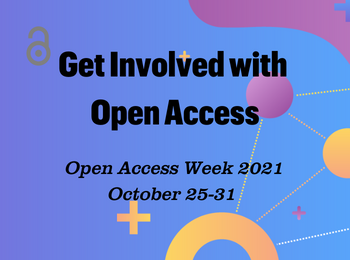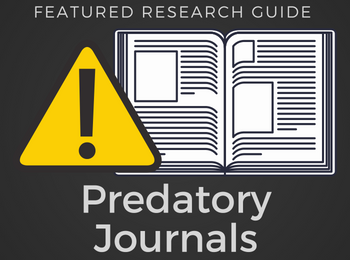06 December 2021
Below are College of Veterinary Medicine publications added to the Scopus database in the last 32 days.
Congratulations to all the recently published authors!
Note: Access to the full text may be subject to library subscriptions.
Andersen CM, Bonacker RC, Smith EG, Spinka CM, Poock SE, Thomas JM. Evaluation of the 7 & 7 Synch and 7-day CO-Synch + CIDR treatment regimens for control of the estrous cycle among beef cows prior to fixed-time artificial insemination with conventional or sex-sorted semen. Animal Reproduction Science. 2021;235. doi: 10.1016/j.anireprosci.2021.106892.
Vientós-Plotts AI, Masseau I, Reinero CR. Comparison of short-versus long-course antimicrobial therapy of uncomplicated bacterial pneumonia in dogs: A double-blinded, placebo-controlled pilot study. Animals. 2021;11(11). doi: 10.3390/ani11113096.
Dirkes RK, Welly RJ, Mao J, Kinkade J, Vieira-Potter VJ, Rosenfeld CS, et al. Gestational and lactational exposure to BPA, but not BPS, negatively impacts trabecular microarchitecture and cortical geometry in adult male offspring. Bone Reports. 2021;15. doi: 10.1016/j.bonr.2021.101147.
Mesa AM, Rosenfeld CS, Tuteja G, Medrano TI, Cooke PS. The roles of the histone protein modifier ezh2 in the uterus and placenta. Epigenomes. 2020;4(3). doi: 10.3390/epigenomes4030020.
Sage AM, Ambrisko TD, Martins FDC, Dantino SC, Keating SCJ, Strahl-Heldreth DE, et al. Evaluation of fingertip pulse oximeters for monitoring haemoglobin oxygen saturation in arterial blood and pulse rate in isoflurane-anaesthetised horses breathing greater than 90 percent oxygen. Equine Veterinary Education. 2021. doi: 10.1111/eve.13592.
Abboud FM, Cicha MZ, Ericsson A, Chapleau MW, Singh MV. Altering Early Life Gut Microbiota Has Long-Term Effect on Immune System and Hypertension in Spontaneously Hypertensive Rats. Frontiers in Physiology. 2021;12. doi: 10.3389/fphys.2021.752924.
Li J, Zhu Z, Bi J, Feng Q, Beerntsen BT, Song Q. Neuropeptide Bursicon Influences Reproductive Physiology in Tribolium Castaneum. Frontiers in Physiol. 2021;12. doi: 10.3389/fphys.2021.717437.
Dhital R, Shen Z, Zhang S, Mustapha A. Detection of virulence and extended spectrum β-lactamase genes in Salmonella by multiplex high-resolution melt curve real-time PCR assay. Journal of Applied Microbiology. 2021. doi: 10.1111/jam.15334.
Erickson AK, Regier PJ, Watt MM, Ham KM, Marvel SJ, Wallace ML, et al. Incidence, survival time, and surgical treatment of parathyroid carcinomas in dogs: 100 cases (2010-2019). Journal of the American Veterinary Medical Association. 2021;259(11):1309-17. doi: 10.2460/javma.20.06.0335.
Howard J, Reinero CR, Almond G, Vientos-Plotts A, Cohn LA, Grobman M. Bacterial infection in dogs with aspiration pneumonia at 2 tertiary referral practices. Journal of Veterinary Internal Medicine. 2021. doi: 10.1111/jvim.16310.
Lawson HC, Musser ML, Regan R, Moore AS, Hohenhaus A, Flesner B, et al. Toxicity, outcome, and management of anthracycline overdoses in 16 dogs. Journal of Veterinary Internal Medicine. 2021. doi: 10.1111/jvim.16325.
Acharya A, Pandey K, Thurman M, Klug E, Trivedi J, Sharma K, et al. Discovery and Evaluation of Entry Inhibitors for SARS-CoV-2 and Its Emerging Variants. Journal of Virology. 2021;95(24). doi: 10.1128/JVI.01437-21.
Saccon E, Bandera A, Sciumè M, Mikaeloff F, Lashari AA, Aliberti S, et al. Distinct metabolic profile associated with a fatal outcome in COVID-19 patients during the early epidemic in Italy. Microbiology Spectrum. 2021;9(2). doi: 10.1128/Spectrum.00549-21.
Herd CS, Grant DG, Lin J, Franz AWE. Starvation at the larval stage increases the vector competence of Aedes aegypti females for Zika virus. PLoS Neglected Tropical Diseases. 2021 Nov 29;15(11):e0010003. doi: 10.1371/journal.pntd.0010003.
Raghavan RK, Koestel ZL, Boorgula G, Hroobi A, Ganta R, Harrington J, et al. Unexpected winter questing activity of ticks in the Central Midwestern United States. PLoS One. 2021;16(November). doi: 10.1371/journal.pone.0259769.

The Zalk Veterinary Medical Library is always happy to highlight CVM Faculty Research!
Did we miss anything? Please let Rae know.









